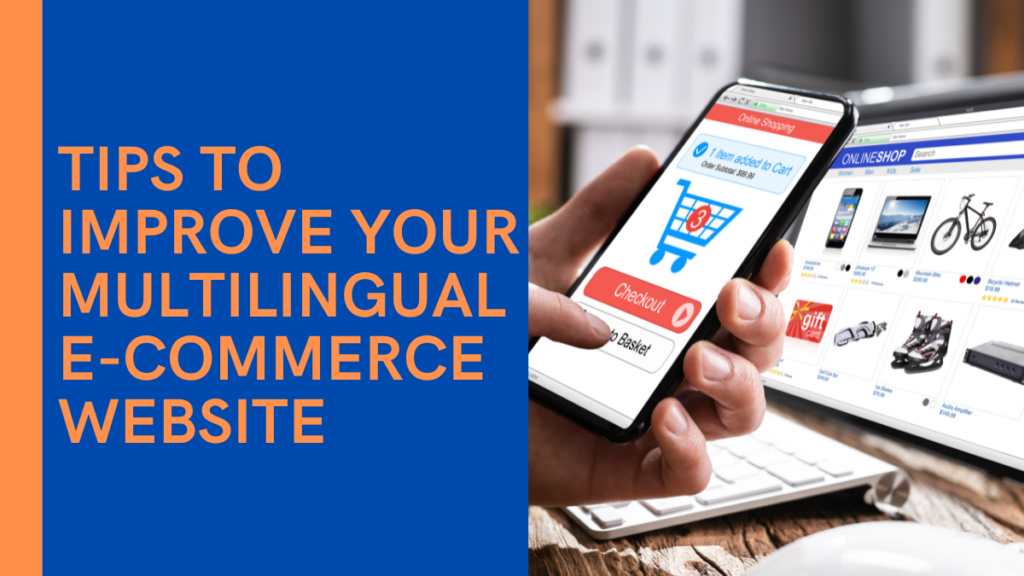A multilingual eCommerce website can help the business target new markets and expand its customer base. But, there are certain things to keep in mind while creating such a website. Anyone running an online store, ensure the workability of the website throughout the world in all multiple languages. Offering your products and services in multiple languages can be a great way to increase annual revenue, but setting up a multilingual e-commerce website can be tricky. Here, we will discuss some of the best ways to improve your multilingual e-commerce website.
What is a Multilingual e-Commerce Website?
A multilingual e-commerce website is one that offers its content, products, and services in more than one language. The purpose is to target customers who do not speak the same language as the primary one used on the website. If you want to get your business to a higher stage, the certification of different languages can do this for you.
Hence Google also provides the opportunity for users to translate the web material into their respective native languages. However, it doesn’t hold a candle to the convenience of being able to read product descriptions with ease.
Tips to Improve Your Multilingual e-Commerce Website
Improving the user experience in your own language can be a tough task, but following these tips will surely help you.
Do Your Research:
The first step is to do your research and study the market you want to tap into. This includes understanding the language, culture, customs, and traditions of the target audience. It is important to understand what kind of products or services they are looking for and how they want the website to look and feel. This research will help you create a website that appeals to your target audience and helps you stand out from the competition.
Use Professional Translation Services:
When it comes to translating your website, it is important to use professional translation services. This is because they have the expertise and experience to translate your website content into the target language accurately. They will also be able to localize the website to look and feel like it has been created specifically for the target audience.

Install a Translation Plugin:
When your eCommerce platform is filled with products and services, the next thing is to make it readable for international buyers. As international buyers don’t understand the language in which your eCommerce website is written. So, it’s important to install a translation plugin that can translate all the It can be achieved by installing a translation plugin.
While website localization might sound like a ‘simple’ process, it usually requires working with an expert in your target language. This will open an interface for visual translations (similar to the Customizer). On the left side, you can insert and edit translations. Meanwhile, on the right side, you’ll see your website is translated in real-time. There are many plugins available that can help you achieve this, such as Polylang and Translatepress. Although automatic translations are handy, for the improved quality it’s best that you come back and refine some of the translations yourself.
Optimize Multilingual SEO:
The next thing is to focus on the SEO of your website. This is because it will help you rank higher in search engine results, which will in turn help you attract more visitors to your website. When optimizing for multilingual SEO, targeting specific keywords for each language is important. You should also ensure the website is structured properly and all the content is placed in the correct sections.
The key to success in international business is translating store content, but this must not be done at the expense of search engine optimization. Without translating your product information and page descriptions, obtaining a high ranking in search engines for other languages becomes much tougher. Consequently, you’re not reaping the benefits of targeting an international audience.
Use a Content Management System:
A content management system (CMS) is a great way to manage your website content. It allows you to easily add, edit and delete content. It also makes it easier to translate your website content into different languages. There are many CMS options available, so make sure to choose one that is easy to use and has all the features you need.
Promote Your Website:
Once your website is up and running, promoting it is important so people can find it. There are many ways to promote your website, such as through social media, search engine optimization, and online advertising within the area where your potential customers are available in the targeted language. You can also use offline methods, such as print advertising, to promote your website.

